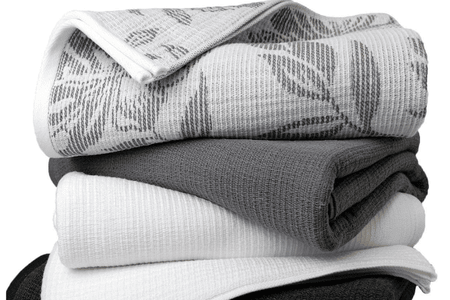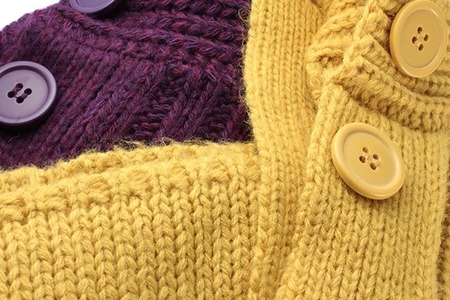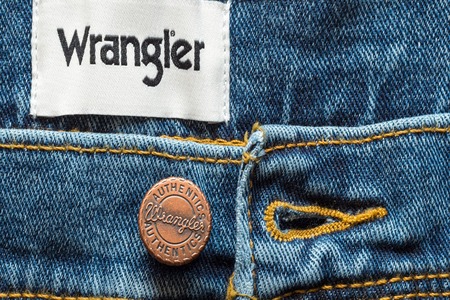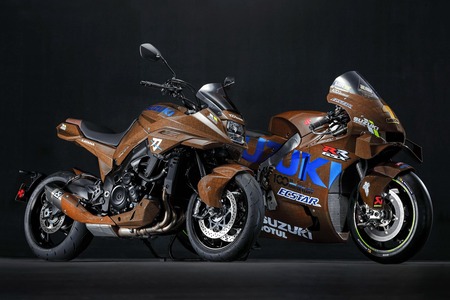Habi opens its annual Likhang Habi market fair at Glorietta
YarnsandFibers News Bureau 2015-10-23 16:05:00 – ManilaHABI, the Philippine Textile Council, opens its annual Likhang Habi Market Fair featuring products made from traditional Philippine textiles at the Glorietta 2 Activity Center in Makati. The fair will run from Oct. 23 to 25.
There’s the inabel from Ilocos Norte, Ilocos Sur, Abra and La Union; the Cordillera weaves from Banaue and Pacdal in Benguet; the abaca weave, T’nalak, from the T’boli of Lake Sebu in Mindanao; piña from Aklan and Palawan; hablon and patadyong from Iloilo; Mangyan textiles and baskets from Mindoro; Yakan weave from Basilan; and mats and bags from Samar and Bukidnon put on display at the show.
The highlight of this year’s market fair will be the creations of the late T’nalak master weaver, Lang Dulay, a National Living Treasure Awardee (Gawad Manlilikha ng Bayan), whose designs were lifted from her dreams.
Her family will exhibit some of her works that remain in their possession. Buyers will also be able to interact with local weavers who will be present at the market fair to expound on their creations.
Time was when Filipiniana was thought to be old-fashioned or reserved only for formal wear. Young designers have given traditional patterns a modern spin not only in home essentials such as blankets, mats, cushion covers, table runners, napkins, baskets, and trays, but also in clothing and fashion accessories. There is the Filip+inna brand of Len Cabili, who draws inspiration from the tribal wear of the T’boli and Tausug, and executes them in beadwork and embroidery on linen and other woven fabrics. Island wear fashion designer Twinkle Ferraren uses modernized ethnic designs on natural fabrics such as pina and abaca. Her clothes are more suited for the hip-hop generation.
There has been a growing interest in recent years in textiles made from natural fibers as opposed to synthetic fibers. The general idea is to move out of synthetics because the world now wants natural fibers. Natural fibers command a high-end price, so they have got into the high-end market.
There have been some exciting innovations, such as the development of textile blends like tepina, which is a blend of raw silk and pineapple fiber. Then there’s Pinatex, a leather-like textile “made from the leftover leaves of harvested pineapples.â€
Also to be highlighted during the three-day market fair will be handwoven textile made from 100-percent, Philippine-grown cotton.
With the mission to encourage weavers to go back to natural fibers, HABI also secured a grant from the NCCA to teach cotton spinning to producers in Miagao, Iloilo. They are not only preserving tradition but also helping the rural economy. They are encouraging people to come to the market fair to see for themselves and appreciate their traditional textiles as it secures the rightful place it deserves in these modern times.
The dedicated members of HABI, which include HABI president Monsie David, vice-president, Ruby Diaz Roa, Louie Barcelon-Locsin, and Joy Adarme, were on hand at the press preview of some of the items that will be on sale at the Likhang Habi market fair, to drum up interest and awareness for their advocacy.
HABI was organized to help the weavers and you cannot help the weavers unless you create the market and the market won’t be there unless they know what it is said Rene Guatlo, who edited the guidebook, HABI: A Journey Through Philippine Handwoven Textiles
Market Intelligence
Ask for free sample Report

experience
Customer Base
dedicated team
Countries Served Worldwide









